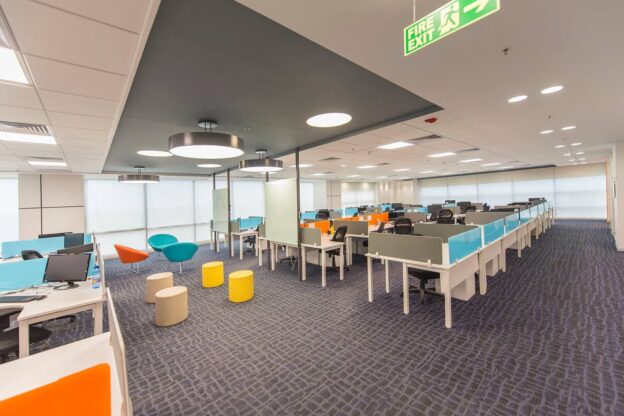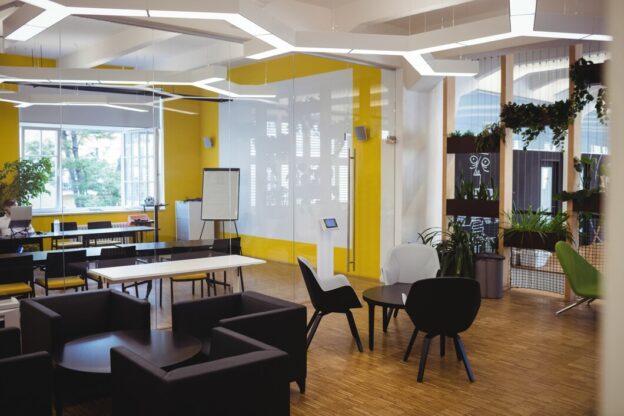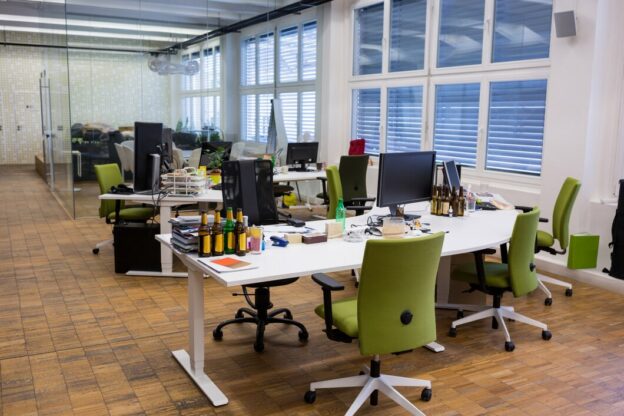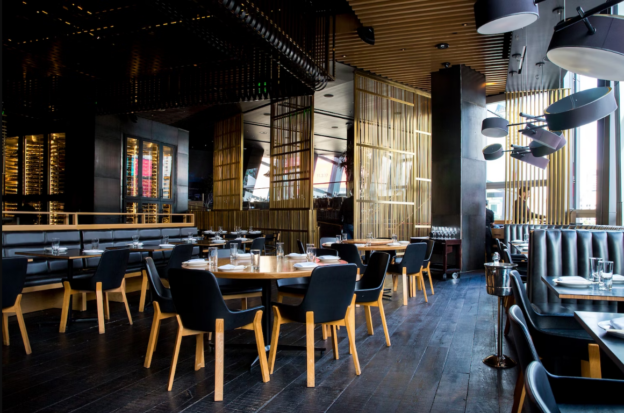Transforming an office space can be a daunting task, especially when it comes to choosing the right furniture. A turnkey furniture project offers a comprehensive solution that simplifies this process. In this blog post, we’ll explore expert tips to help you successfully navigate turnkey furniture projects, ensuring your office transformation is smooth and efficient.
1. Understand Your Needs and Objectives
Before diving into a turnkey furniture project, it’s crucial to have a clear understanding of your office’s needs and objectives. Consider the following:
- Functionality: What activities will take place in the office? Will there be a need for collaborative spaces, private offices, or break areas?
- Aesthetics: What style and ambiance do you want to create? Modern, minimalist, or perhaps a more traditional look?
- Growth: Is your business expanding? Plan for future growth to avoid frequent updates.
2. Choose the Right Turnkey Provider
Selecting a reliable turnkey furniture provider is essential for a successful project. Look for providers with:
- Experience and Reputation: Research their past projects and client reviews.
- Comprehensive Services: Ensure they offer end-to-end solutions, including design, sourcing, delivery, and installation.
- Customization Options: A good provider will offer customizable solutions to fit your unique requirements.
3. Collaborate on Design and Layout
Work closely with your provider to develop a design and layout that aligns with your vision. Consider:
- Ergonomics: Prioritize comfort and health by choosing ergonomic furniture.
- Space Optimization: Make the most of your office space with smart layout designs.
- Technology Integration: Ensure the furniture can accommodate technological needs, such as cable management and power outlets.
4. Budget Wisely
Budgeting is a critical aspect of any office transformation. To manage costs effectively:
- Set a Realistic Budget: Determine a budget that includes all potential expenses.
- Prioritize Spending: Focus on high-impact areas, such as workstations and meeting rooms.
- Explore Financing Options: Some providers offer financing plans to help manage large expenditures.
5. Plan for Logistics and Installation
Efficient logistics and installation are key to minimizing downtime. Ensure your provider has:
- A Detailed Timeline: A clear schedule for each phase of the project.
- Professional Installers: Experienced installers who can quickly and correctly set up the furniture.
- Post-Installation Support: Ongoing support for any adjustments or issues that arise.
6. Incorporate Flexibility and Future-Proofing
Design your office with flexibility in mind to adapt to changing needs. Consider:
- Modular Furniture: Furniture that can be reconfigured easily as your needs evolve.
- Scalable Solutions: Choose pieces that can grow with your business.
- Sustainability: Opt for eco-friendly materials and practices to future-proof your office against environmental concerns.
7. Engage Employees in the Process
Involve your employees in the transformation process to ensure the new office meets their needs and preferences. This can lead to:
- Increased Satisfaction: Employees feel valued when their input is considered.
- Enhanced Productivity: A well-designed office tailored to employee needs can boost productivity.
- Smooth Transition: Engaged employees are more likely to embrace the new environment.
Conclusion
Navigating turnkey furniture projects for office transformations can be seamless with the right approach. By understanding your needs, choosing the right provider, collaborating on design, budgeting wisely, planning logistics, incorporating flexibility, and engaging employees, you can create a functional and aesthetically pleasing office space that meets your business goals. Embrace these expert tips to ensure your office transformation is a resounding success.



